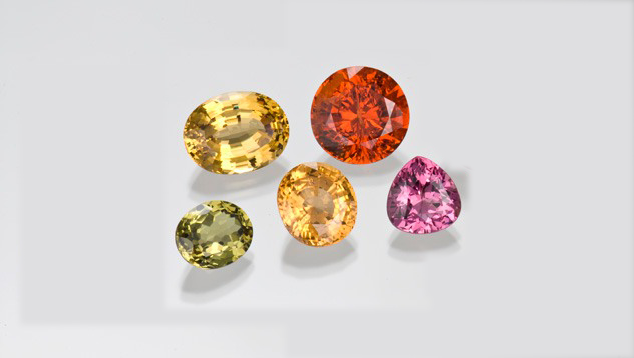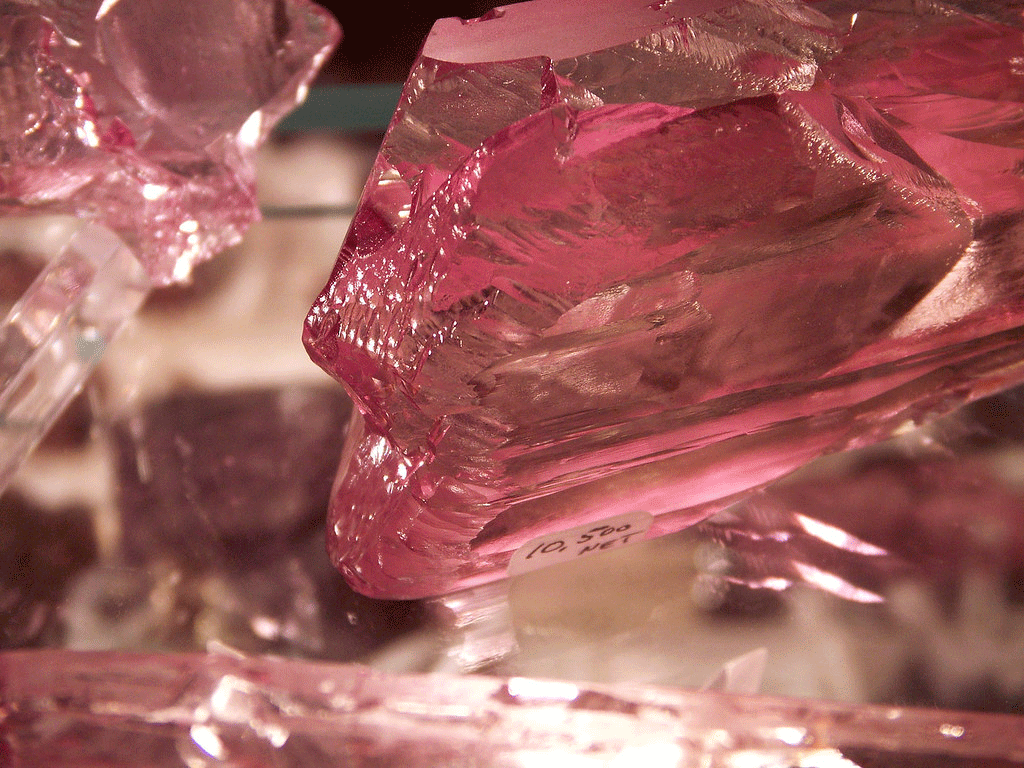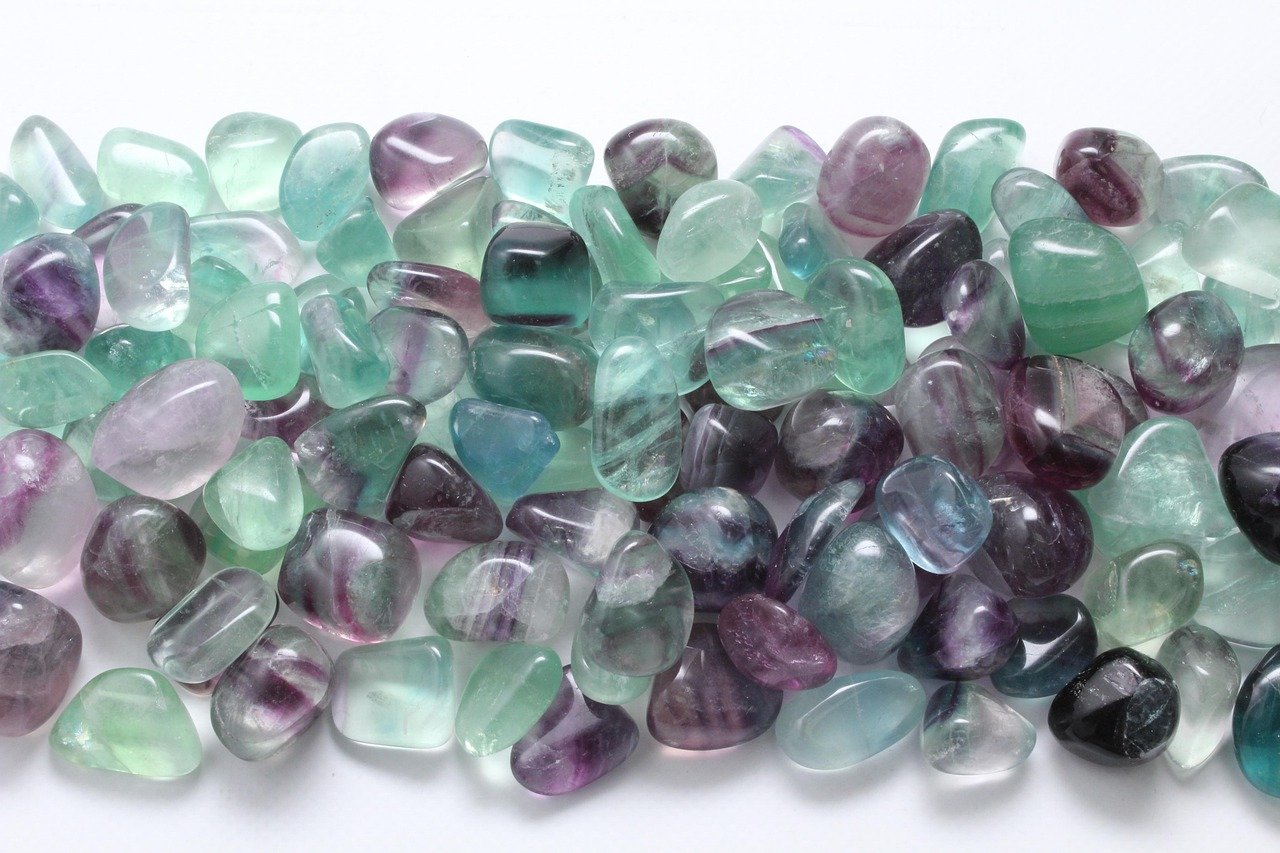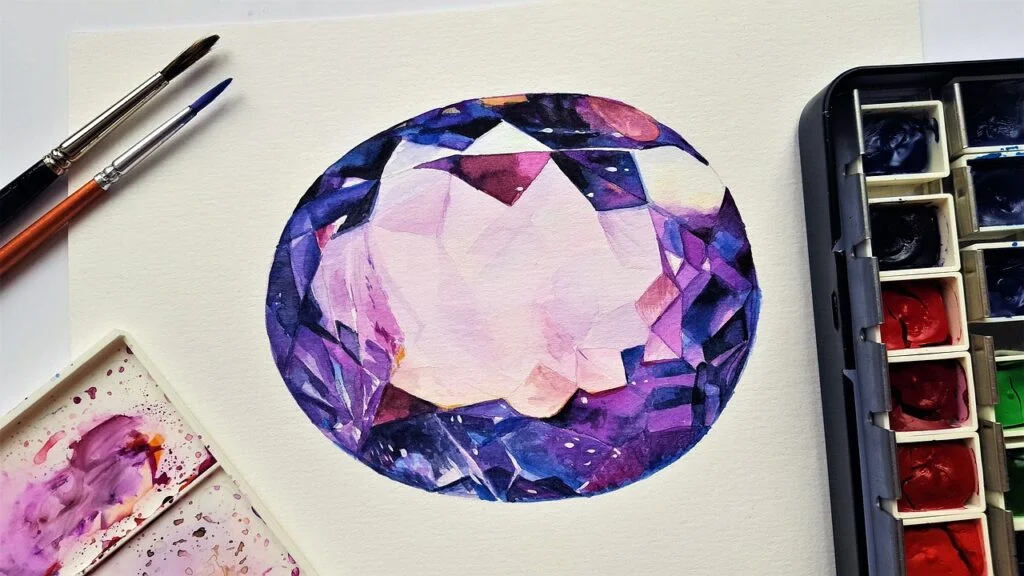What Are Color Change Gemstones?
Color change gemstones are rare natural wonders that exhibit an extraordinary optical phenomenon changing color under different light sources. These color changing stones appear one hue in daylight and another in incandescent or fluorescent light. For example, a gemstone might look greenish blue outdoors and transform into reddish-violet indoors. This natural magic results from trace elements and complex light absorption properties within the crystal’s atomic structure. Gem lovers treasure them not only for their beauty but also for their symbolic representation of transformation, mystery, and adaptability.
The Science Behind the Color Change Effect
The shifting hues of color changing gems are due to pleochroism and trace impurities such as chromium, vanadium, or iron. When light enters these stones, it splits into different wavelengths, allowing distinct colors to appear under varying lighting conditions. Alexandrite color change and color change sapphire both display this phenomenon with dramatic intensity. The degree of color shift, called “color contrast,” is one of the main factors determining a gem’s value. This captivating interplay between light and structure makes color change gemstones among the most scientifically intriguing and artistically admired stones in the world.
Comparison of Popular Color Change Gemstones
| Gemstone | Primary Color Change | Common Colors Seen | Major Sources | Rarity Level | Special Features |
|---|---|---|---|---|---|
| Alexandrite | Green to Red | Emerald green → Ruby red → Purplish hues | Russia, Sri Lanka, Brazil | ⭐ Very Rare | Displays dramatic daylight and incandescent shift; high collector’s value |
| Zultanite (Csarite) | Green to Champagne | Kiwi green → Pinkish champagne → Reddish bronze | Turkey (Anatolia region) | ⭐ Rare | 100% natural; exhibits trichroism (three color reflections) |
| Color Change Sapphire | Blue to Violet | Blue → Purple or Grayish tones | Tanzania, Sri Lanka, Madagascar | ⭐ Uncommon | Excellent hardness (9 Mohs), ideal for engagement rings |
| Color Change Garnet | Green to Red | Greenish in daylight → Red or purplish under incandescent light | Kenya, Madagascar, Tanzania | ⭐ Rare | Strong dual color shifts similar to Alexandrite |
| Color Change Spinel | Blue to Violet | Grayish blue → Lavender or violet | Sri Lanka, Myanmar, Tanzania | ⭐ Rare | Durable and affordable alternative to Alexandrite |
| Color Change Fluorite | Blue to Purple | Blue → Violet → Pink | China, USA, England | ⭐ Moderate | Beautiful optical shift; suitable for collectors but softer (4 Mohs) |
The Most Popular Color Change Gemstones
Alexandrite – The Legendary Color-Changing Gem
Discovered in Russia’s Ural Mountains, alexandrite is the most iconic color change gemstone, often shifting from emerald green in daylight to raspberry red under lamplight. This remarkable alexandrite color transformation inspired the phrase “emerald by day, ruby by night.” Its hues range from alexandrite blue to purple, depending on trace chromium content. Known as June’s alternate birthstone, alexandrite symbolizes balance between logic and emotion, as reflected in its different colors. Whether in a color changing alexandrite ring or pendant, this gem captivates collectors with its rarity and brilliance.
Color Change Sapphire – The Royal Shifting Gem
A color change sapphire reveals the majestic mystery of corundum. Typically bluish in natural light and purplish violet in artificial light, it is one of nature’s finest color transformations. Both natural color change sapphire and lab created color change sapphire share this property. The phenomenon occurs due to trace vanadium in the crystal. Elegant color change sapphire rings and engagement rings are highly valued for their regal appeal and symbolic meaning of inner strength. Because of their durability (Mohs hardness 9), they make perfect heirloom pieces. For buyers, the color change sapphire price per carat varies with clarity, cut, and contrast.

Color Change Garnet – Nature’s Hidden Fire
Color change garnet combines the fiery richness of ruby with the deep green of emerald in a single stone. Its hues may range from olive green to vivid reddish-orange under warm light. Rare blue color change garnet specimens from East Africa are particularly sought after. With its excellent brilliance and rarity, this color shift garnet has become a favorite among collectors and jewelry designers. You can find color change garnet for sale as exquisite loose stones or handcrafted rings. It symbolizes passion and transformation making color change garnet rings a meaningful choice for gemstone enthusiasts.

Zultanite – The Turkish Gem That Changes Color
The enchanting zultanite gemstone, found only in Turkey’s Anatolian Mountains, is famous for its smooth transition from kiwi green to champagne pink. Known locally as the Turkish stone that changes color, zultanite embodies elegance and rarity. Both natural zultanite and lab created zultanite display remarkable clarity and soft color transitions. In jewelry, color changing zultanite stones shine beautifully under varying light sources, making each piece unique. Their subtle tone shifts are perfect for those seeking a gemstone that radiates sophistication and individuality.

Color Change Fluorite – The Soft Beauty with Shifting Shades
Color change fluorite is a collector’s favorite due to its luminous glow and pastel transitions often from blue to violet or teal to magenta. Though softer than other gems, its color changing properties are undeniable. Properly cut fluorite gemstones exhibit excellent light dispersion, making them ideal for pendants and display pieces. This delicate crystal serves as a reminder of calmness and emotional balance, appealing to both spiritual healers and gem collectors alike.

Natural vs Lab-Created Color Change Gems
Advancements in gemology have made lab grown color change sapphire and lab created zultanite widely available. These stones possess the same optical behavior as natural ones but at a fraction of the cost. While lab created color change sapphires are ideal for affordable jewelry, natural gems hold greater long-term value due to rarity. When purchasing, always verify authenticity with professional certification and clear disclosure from reputable dealers, especially if you see color changing sapphire rings for sale online.
Symbolism and Metaphysical Meaning
Beyond beauty, color changing gems carry profound metaphysical meanings. They symbolize adaptability, transformation, and emotional balance, reflecting life’s constant evolution. In spiritual traditions, alexandrite color meaning connects to joy, renewal, and confidence, helping align physical and spiritual energy. Wearing a color change gemstone is believed to enhance intuition and creativity, making it a powerful companion for personal growth and harmony.
How to Choose the Perfect Color Change Gemstone Jewelry
Selecting the right color changing stone ring or pendant involves considering light performance, hue contrast, and authenticity. Popular choices include color change sapphire rings, color change garnet rings, and color changing alexandrite rings. For collectors seeking uniqueness, colour change sapphire rings or zultanite earrings offer sophistication and individuality. Always observe how the gemstone behaves under different light sources before purchasing it’s the true test of quality.
Care and Maintenance Tips for Color Change Stones
To preserve the magic of your color change gemstones, protect them from high heat, harsh chemicals, and sudden temperature shifts. Use mild soap and warm water for cleaning and store them separately in soft fabric pouches. Due to their varying hardness levels, stones like fluorite require gentler handling compared to sapphire or alexandrite. Regular cleaning ensures brilliance and maintains the stunning color transitions that make these gems so captivating.
Where to Buy Authentic Color Change Gemstones
Authenticity is crucial when investing in these rare gems. Look for certified dealers offering transparent details about origin, treatment, and grading. Trusted sellers list options like color change garnet for sale, color change sapphire price per carat, and color changing sapphire rings for sale with proper documentation. Reputable marketplaces and gem shows in the USA, UK, and Canada provide the best sources for verified stones, including lab created zultanite and natural alexandrite gemstones.
Best FAQs About Color Change Gemstones
Color change gemstones are rare natural stones that display different colors under varied lighting, such as green in daylight and red indoors. Famous examples include alexandrite, zultanite, and color change sapphire.
They shift hues because of trace elements and pleochroism, which alter how light is absorbed. This creates unique effects in gems like alexandrite and color change sapphire.
Alexandrite is the rarest color changing gemstone, known for its dramatic green to red transformation and exceptional brilliance under different lights.
Yes. Lab created color change sapphires and zultanite have the same structure and beauty as natural stones but are grown in controlled environments.
Their value depends on clarity, size, and the strength of color change. Natural color change sapphires with vivid contrast are the most valuable.
Alexandrite color symbolizes balance, transformation, and harmony—representing change, renewal, and emotional clarity in gemstone symbolism.
Yes, but durable gems like sapphire or alexandrite are better for daily wear. Softer stones like fluorite need extra care
View it under daylight and artificial light. Real color change gemstones will show a clear shift, like green to red or blue to purple.
Buy from certified sellers offering authenticity certificates. Trusted sites list color change garnet, zultanite, and color change sapphire rings for sale.
They are unique for showing different hues in various lights, symbolizing adaptability and transformation making each gem truly one of a kind.
Conclusion – The Eternal Allure of Color-Changing Gems
Color change gemstones embody transformation, mystery, and light’s artistry. From the legendary alexandrite to the radiant zultanite, each gem tells a story of duality and wonder. Whether you’re drawn to a color change sapphire ring or a garnet pendant, these stones connect the physical and spiritual through every flicker of light. Their timeless beauty and metaphysical symbolism make them treasures not just of the Earth but of the human spirit.






